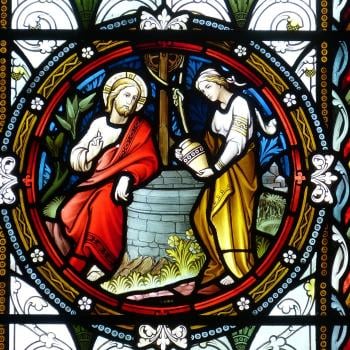Last week’s worldwide leadership training broadcast, and the subsequent unveiling of Handbook 2 on lds.org, has elicited a flurry of comment, much of it positive, from LDS observers. Most have focused either on the Handbook’s formulation of hot-button issues like homosexuality and surgical sterilization, or on the implications of the Church’s decision to make the Handbook available to the membership at large. Some have even gone so far as to suggest that the new transparency represents a step away from the disciplined, top-down messaging style that has characterized Church discourse in the correlation era. Whether or not the publication of Handbook 2 ushers in a progressive’s golden era of grass-roots activism and doctrinal movement on controversial issues -- or whether, on the contrary, the availability of the Handbook will ultimately work to augment the ubiquity of official discourse -- remains to be seen.
What is certain, however, is that a quiet evolution in church administration is continuing, and that this evolution could have significant implications for women’s roles in church governance. Compare, for example, the tone of Elder Scott’s 2004 comments on the doctrinal foundation of the auxiliary organizations, offered at the 2004 worldwide leadership training, with the tone (and substance!) of this year’s meeting: whereas six years ago Elder Scott focused on the subordinate position of the auxiliaries with respect to the priesthood quorums, this year the training’s overwhelming emphasis was on the empowered co-participation of the auxiliary presidents with quorum leaders in the context of the ward council.
This evolution in women’s roles has occurred indirectly, as most history does, through the new Handbook’s elevation of the ward council to an executive, rather than merely organizational or advisory, body. Much of the doctrinal and practical basis for this change came from Elder Ballard’s decades-long effort to enhance the prestige and improve the workings of the church’s governing councils, which reached its culmination in the new guidelines. So it was fitting that the training broadcast featured Elder Ballard leading a panel discussion on the proper functioning of a ward council (available to view here). This body, he emphasized, is authorized to make decisions on ward governance and teaching, and each of its members is encouraged to contribute fully and equally.
One of the practical effects of this change is that, for the first time, women have full access to a venue in which they participate in an executive (rather than merely advisory or auxiliary) capacity at the highest ward level. That this represents a significant change was noted by Elder Holland, who commented, “We’ve got to have the help of the women . . . [we’ve got to] take down the barriers” that previously kept women from meaningful participation. Any member of the council, male or female, Elder Bednar observed, can receive inspiration for the entire ward in the context of that body’s deliberations.
This shift, a welcome one in my view, yields a bushel of juicy new questions. Questions philosophical: how might this collaborative understanding of revelation affect our notions of individualism, selfhood, and society? Questions spiritual: how should we understand President Julie Beck’s suggestion that the joint deliberations of an inspired ward council constitute a “new spiritual gift”? Questions administrative: what, exactly, does it mean that the bishop “directs and presides” by virtue of his priesthood keys, as Elder Bednar emphasized, but that the council itself is the agent empowered to make decisions? (The latter closely replicates in ward governance the contradiction inherent in family governance: how does the wife participate in the marriage as an “equal partner” if the husband presides by virtue of his priesthood or his sex?)




